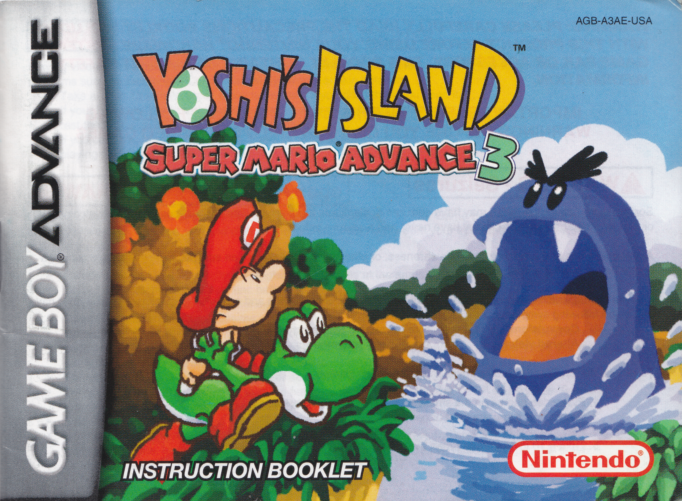Remember that epic list of favorite Genesis games that I was going to post on this blog? Boy am I behind on that! I originally planned to do these reviews in packs of five, but because it's been so long since I've written any, and because this review wound up being so long, I figured I'd post it solo. At the end I'll talk about a few other things, so stay tuned!
#24: MEGA BOMBERMAN
This was a frustrating choice. I originally planned to put Earthworm Jim 2 in this spot on the list, but a quick run through many of the stages revealed that its design was critically flawed, and that the game didn’t really deserve that honor. My back up, Dynamite Headdy, didn’t hold up under close scrutiny, either. Treasure tried to bring the slower, more methodical gameplay of a Nintendo platformer to the Genesis, but the level design quickly shifts from brilliant to sadistic, and Headdy, try as he might, just doesn’t have the charisma of Kirby, his closest Nintendo equivalent. Just try to argue the point after you listen to him creepily exclaim “Yeeeeees!” after picking up an item or beating a boss.
 |
Step inside a mine cart and
watch your Genesis instantly
turn into a UNIVAC. |
So that just leaves us to one option. Congratulations, Mega Bomberman, you’re my bronze medal! I was reluctant to pick this one, because as 99% of Genesis owners don’t know, this is a distressingly inferior port of the Japanese Turbografx-16 title Bomberman ‘94. The graphics don’t pop and the music doesn’t sing like it did in the original game, and slowdown is a constant companion in the later stages. Just hop in a mine cart and you’ll watch the world around you shift into bullet time, which was not an issue in the Turbografx-16 version.
(Tyrone Rodriguez, the founder of indie game studio Nicalis, once told me in a conversation that Mega Bomberman had so much slowdown because the Turbografx-16 had a faster graphics processor, or something. I contend that there’s nothing in the game that should have been beyond the scope of the Genesis, and that Mega Bomberman was a less than perfect port because Hudson Soft didn’t have much experience developing for the system. On top of that, it was de rigueur for Japanese game designers to shit on the Genesis back in the 1990s. But let’s not open that wound right now.)
 |
What's yellow and just isn't right?
A remote-controlled banana. |
If you don’t compare Mega Bomberman directly to Bomberman ‘94, and the vast majority of Genesis owners didn’t have that luxury, it’s a pretty good entry in the series. It’s got cleaner graphics and more personality than the Super NES games, with amusing death animations for many of your foes and some hilariously weird boss encounters. Yes, that’s an evil banana, and yes, it’s being remotely controlled by a monkey.
The battle mode is also pretty keen, without any of the nasty slowdown in the story mode and with the addition of Louies, colorful kangaroos that add strategy to the often frantic action. You’ll not only want to hop on one of these mighty marsupials to protect yourself from bomb blasts, but destroy any remaining Louie eggs to keep your opponents from hitching a ride themselves.
So that’s Mega Bomberman. It’s kind of a phone-in compared to the Turbografx-16 version, but since nobody actually played that one, it’s hard to criticize Hudson Soft for it. Besides, Hudson atoned for the game’s shortcomings with Saturn Bomberman, still regarded as the best Bomberman ever and still exclusively on a Sega system. So there.
OTHER STUFF
 |
| The neck bone's connected to the... knife hand. |
So I finally downloaded all the games mentioned in my last post, plus Civilization: Revolution (hey, it was free!) and a demo of Dragon's Dogma, the action RPG that's considerate enough to use KY jelly, rather than going in dry like Dark Souls. I only played a couple of these titles so far, but I feel obligated to mention this... that remake of Mortal Kombat? INCREDIBLE. Not only does it look fantastic (doesn't every game these days?), but the gameplay has been brought back to the glory days of the series. It's not perfectly faithful to the original trilogy- combos have been shuffled around a bit and the almighty uppercut has moved to a different button- but it's much closer than Deadly Alliance and its misbegotten progeny were. Series creators Ed Boon and John Tobias were also smart enough to bring super moves to the series... and it only took them twenty years! Press A, B, and the right trigger together after you've filled a meter at the bottom of the screen, and you'll shatter your opponent's bones with a series of blows shown from inside their bodies. It's the nastiest anatomy lesson ever!
I also dabbled with Persona 4 Arena, which looks gorgeous but is missing something. I think that something is an arcade joystick... it'd be a better fit for P4A's brand of button-mashing action than the standard Xbox 360 pad. (Then again, most of the games I like would be more fun with a joystick.)
What else...? Oh yeah. I'm going in for surgery in a week, and I'll probably be too busy convalescing to post blog entries for a week after that. Or if something goes wrong, it'll be much longer than that. I'm crossing my fingers for a quick recovery, and uh, not dying.













(Size+Stripped)(Independent)_08.png)
_22.png)






